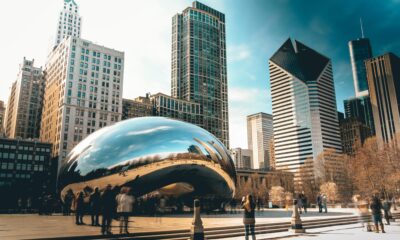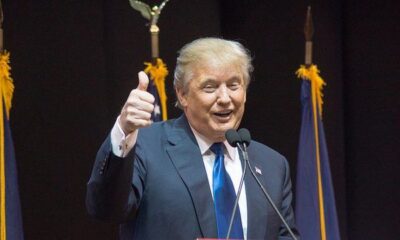

Economy
Bank of England may consider ‘green quantitative easing’ in future
The Bank of England may consider new types of assets, rather than government bonds, if it prints additional money as part of the quantitative easing programme, the governor of the Bank, Mark Carney, has said.
The central bank began the quantitative easing programme in 2009 in a bid to revive consumer spending and support economic growth. The programme involves the bank buying assets using money it has created, effectively putting more money in circulation.
In the last five years an extra £375 billion has been created through purchasing government bonds.
Carney has now replied to a letter Green Party MP Caroline Lucas wrote in October, the Financial Times has reported.
Lucas called for the money created through quantitative easing to be used to support the green economy by buying bonds from different areas, such as the Green Investment Bank, which would then in turn support low-carbon projects.
Lucas also wrote that by purchasing only government bods the Bank of England had benefited “the finance sector and speculators” rather than the productive economy.
Carney refuted these claims but said in the future new assets could be considered.
He said, “It is possible that if the MPC did vote to increase its asset purchases in future, it could expand the range of assets it purchases. Such a decision, however, would need to be agreed with the government”
Further reading:
Budget 2014: investors say shelving low-carbon polices would be ‘reckless’
UKSIF: current fiduciary laws leave investment trustees ‘confused’
Renewable energy second most popular investment for British public
EY: ‘political point scoring’ leaving UK renewables sector in state of uncertainty
BlackRock continue to see value in renewables investment fund






























